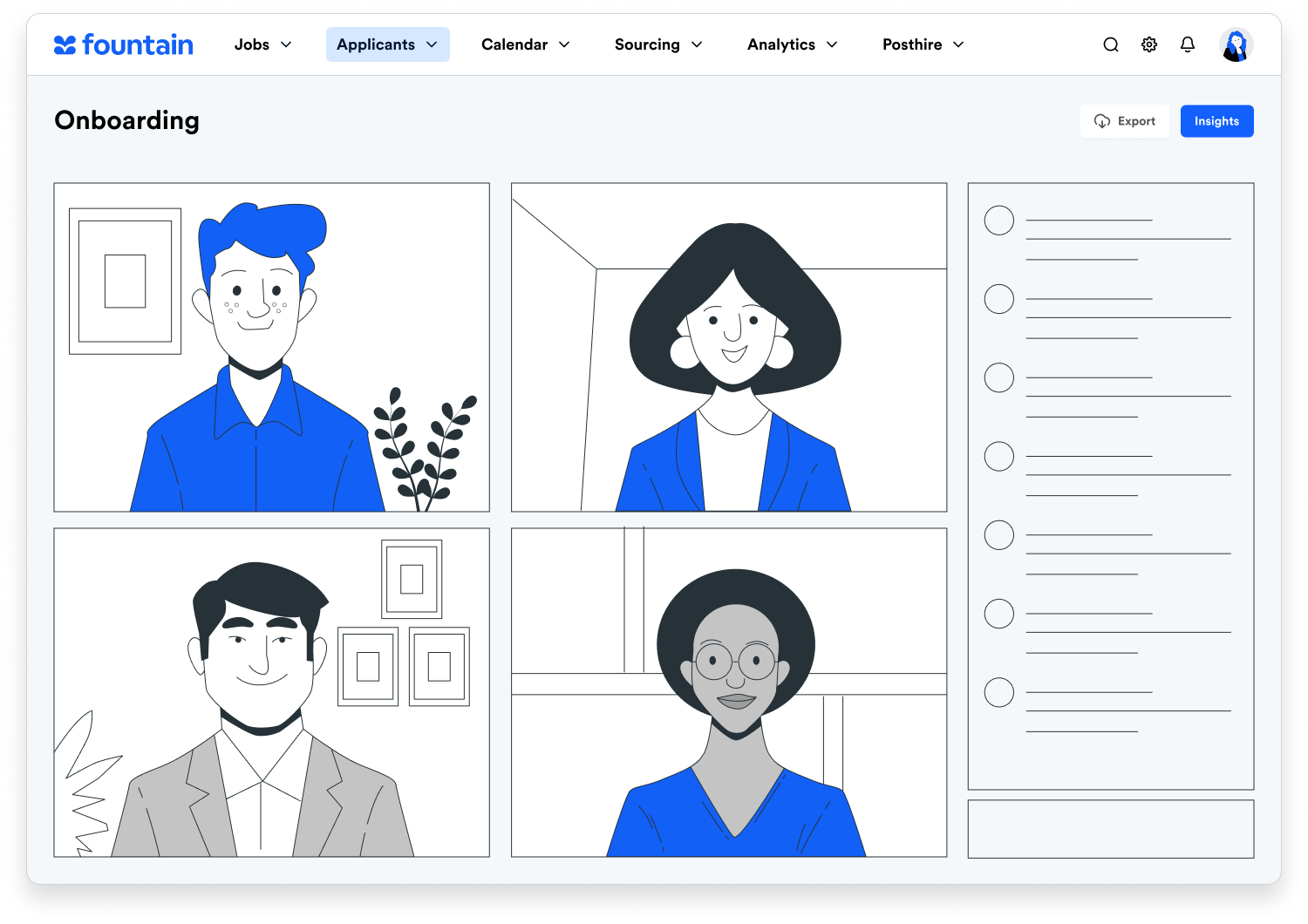A key advantage of modern software solutions is the ability to eliminate manual processes. Applicant Tracking System (ATS) providers have been applying this principle to their software for some time, but the global pandemic has accelerated the need for automation wherever possible. There are a number of ATS features that are crucial for recruiters and hiring teams, most of which involve organization capabilities, but tools that allow for a high degree of automation and easy communication are the next priorities.
A recent survey conducted by HR.com revealed the top five key elements of high-performing applicant tracking systems based on responses from Human Resources professionals. The results are as follows.
Organization
Easily add and export candidate information.
The transferring of candidate information from one system to another (e.g., sourcing software to applicant tracking system or to background check software, etc.) is a painstaking manual process for recruiters, which is why it’s no surprise that exporting information and data came in as the most needed element of an ATS. With digital transformation well under way, recruiters’ systems need to be able to communicate with one another.
Most ATS are quite capable of exporting data. The majority of respondents to HR.com’s survey agree, but improvements are still needed. Further integrations with other recruiting tools will continue to bolster this capability.
Automate messages to candidates.
A single recruiter can be tasked with communicating, scheduling, interviewing, and evaluating hundreds of candidates at any given time, so the ability to automate communication with candidates is a necessity when conducting high volume recruiting.
Although you should maintain as much direct communication as possible, there are a few stages of a traditional interview process that can (and should) be automated. For example, scheduling interviews can be done using tools like Calendly that allow candidates to schedule time with recruiters directly.
Permit scheduling and calendaring integration.
The integration of tools like Calendly into your ATS is a win-win for candidates and recruiters.
Manually scheduling an interview can take two to three touch points in order to align schedules. When you’re dealing with a large number of candidates who need to schedule multiple interviews, the time really starts to add up. Not only will automated scheduling save you time, but it also saves time for the candidate and leads to a better overall candidate experience.
Communication
Get mobile-friendly.
Smartphones and other mobile devices are no longer a commodity; they’re a necessity, not only for our private lives but for our professional lives, as well.
Prior to the pandemic, mobile communication between recruiters and candidates already was prominent in the gig economy. For example, workers for ride share companies typically work multiple jobs at any given time (some, for example, work for Uber and Lyft simultaneously), and their smartphones are the catalyst that allows them to do this. The events of 2020 have only accelerated this mobile-dependent gig climate for other industries, as well.
Allow easy collaboration between recruiting and team members.
The transition to remote work as a result of the pandemic is a key reason why “collaboration” surpassed other important features (e.g., integrations with other systems and applications, enhanced search and matching, etc.). Collaboration is an area in which many applicant tracking systems are lacking.
In an office environment, it’s easy to have face-to-face conversations with your team members to review candidate pipelines, interview structure, feedback, and other aspects of the hiring process. Now that we’re in a predominately remote environment, it’s much more difficult to facilitate these discussions.
There are substitute tools, like Slack and Zoom, that can mitigate these issues. With digital transformation at the forefront of all processes and with the consolidation of software tools, systems that are able to collaborate effectively are going to start separating from the competition.
Other important ATS capabilities
Here are the other key ATS capabilities that made the top 10 list, according to survey respondents:
- Integration with other systems and applications
- Permit enhanced search and matching
- Consolidate and show authorized information on a given candidate
- Distribute job ads
- Allow for employment branding

